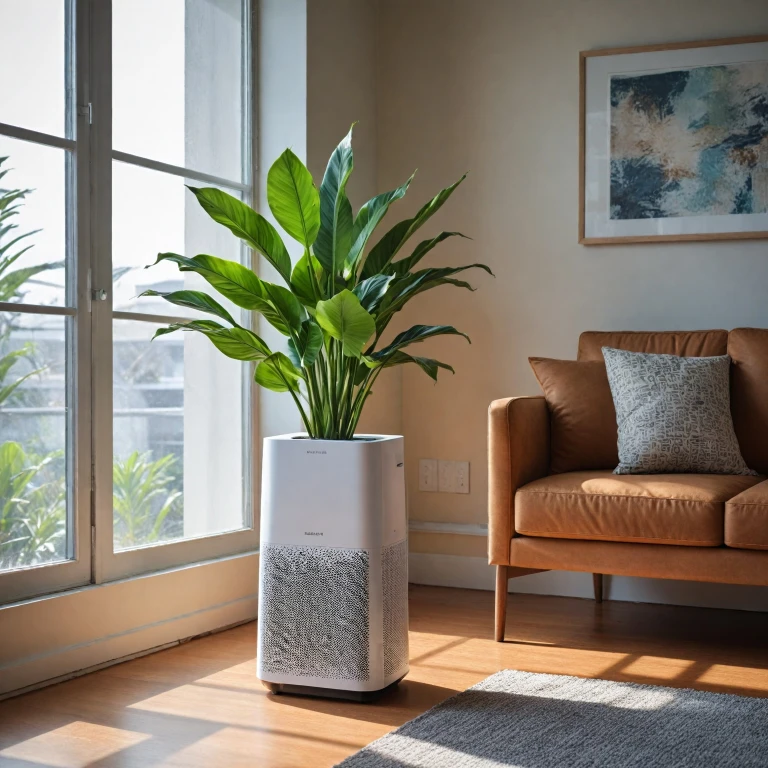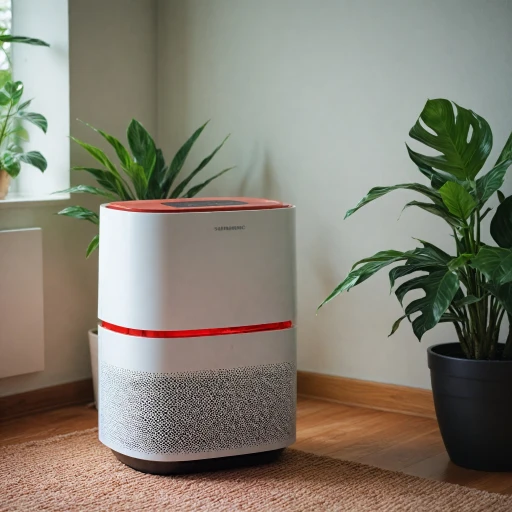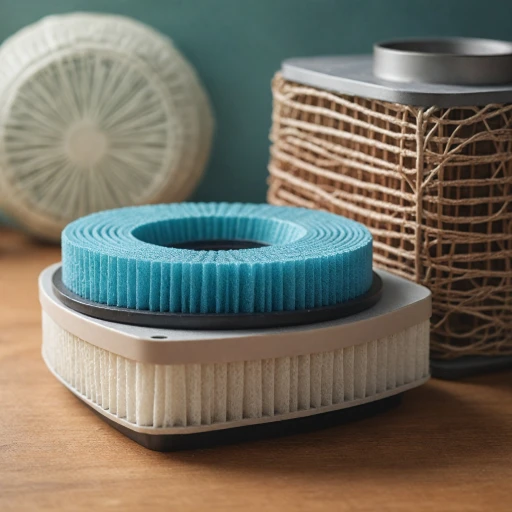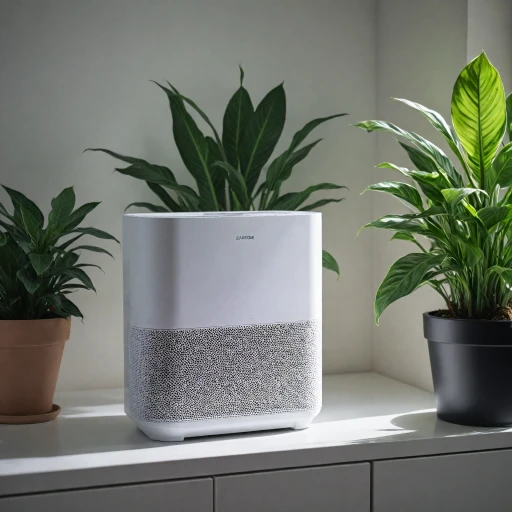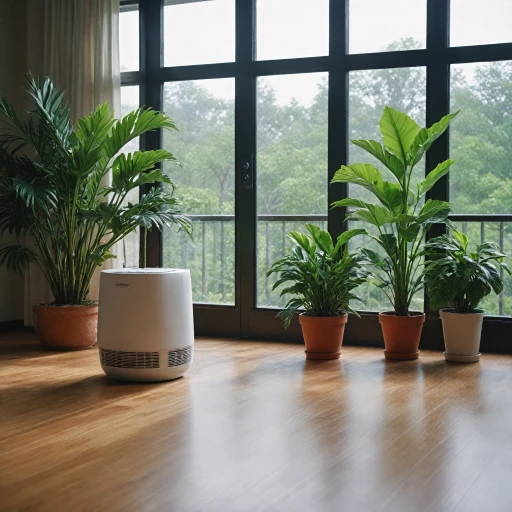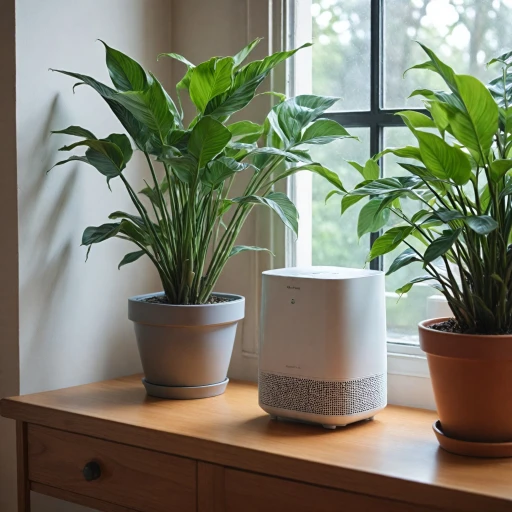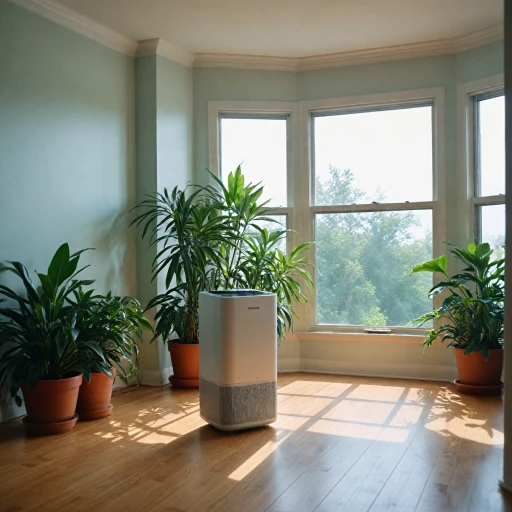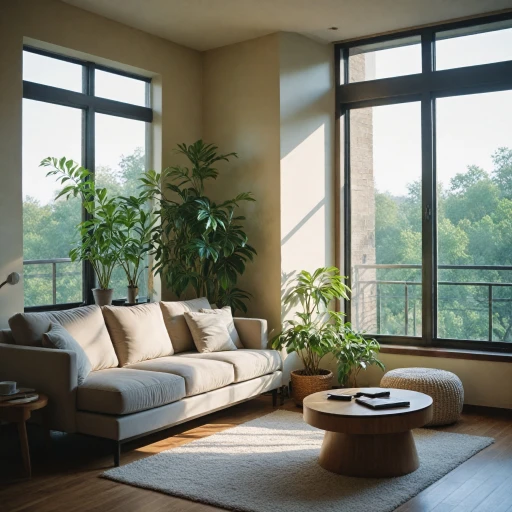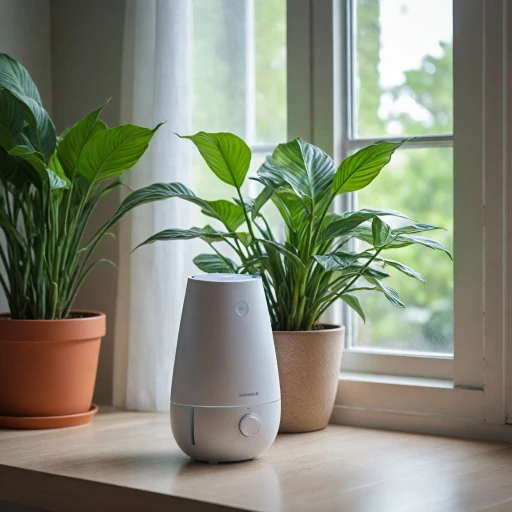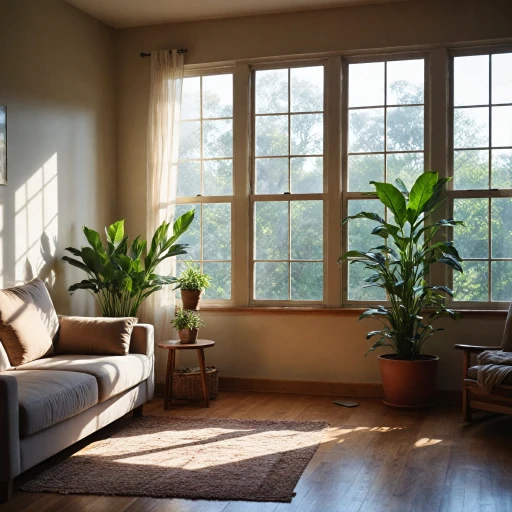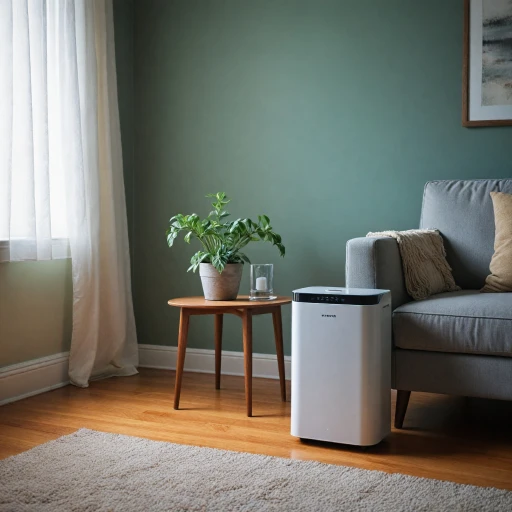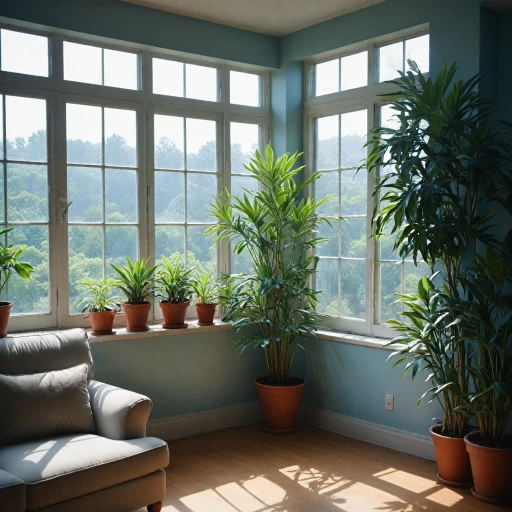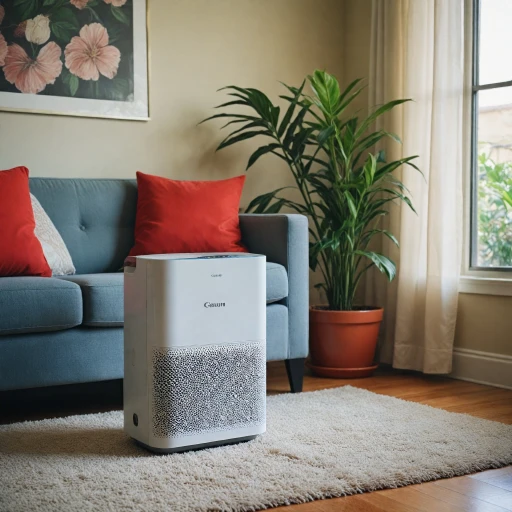
Understanding Active Air Purifiers
Getting to the Core of Active Technology
Active air purifiers represent a significant leap in air purification technology, employing innovative methods to enhance indoor air quality. Unlike passive systems, which rely primarily on filters to capture particles, active systems use various technologies to actively target and neutralize pollutants.
One popular method utilized in these advanced products is negative ionization. This involves emitting negatively charged ions into the air, which attach to positively charged airborne particles, causing them to fall to the ground or onto surfaces. These tools are designed to create dust-free indoor spaces by effectively removing even the microscopic pollutants that standard filters might miss.
Active air purifiers frequently incorporate multiple technologies, such as UV-C light, to target bacteria and viruses. The power of UV-C light works by disrupting the DNA of these microorganisms, rendering them harmless. This added layer of protection is why many consider active systems superior for ensuring overall improved indoor air quality.
For those invested in maintaining an exceptionally clean environment, understanding the nuances and mechanisms of these systems is crucial. Exploring customer reviews and expert recommendations on reducing dust and allergens at home can provide applicable insights into selecting the best system for your needs. As you consider investing in an air purification product, understanding active technology can guide you to a more effective and efficient purification process.
Benefits of a Dust-Free Environment
The Importance of Clean Indoor Air
A dust-free environment significantly contributes to improved indoor air quality, paving the way for a healthier and more comfortable living space. Reducing dust and allergens not only makes a home more pleasant but also plays a pivotal role in enhancing overall well-being.- Improved Health Outcomes: Clean air, free from dust and pollutants, can substantially lower the risk of respiratory issues and allergies. This is especially beneficial for those with asthma or sensitivities to dust particles.
- Enhanced Comfort: A dust-free space offers superior comfort. No more sneezing fits, itchy eyes, or the need to constantly dust surfaces. Active air purifiers equipped with advanced purification systems, like HEPA filters or negative ionization technologies, can efficiently minimize indoor dust.
- Increased Productivity: Better air quality can lead to improved focus and productivity. Clean air helps in reducing fatigue and cognitive distractions often caused by allergens and dust-related discomfort.
- Protecting Your Space: Implementing an effective purification product can protect furniture, gadgets, and other household items from accumulating dust, helping to maintain their longevity and aesthetics.
Key Features to Look for in an Air Purifier
Features to Elevate Air Quality
When selecting an air purifier to maintain a dust-free environment, understanding its core features is essential. Here are some key elements to consider:
- Filtration System: The quality of the filtration system plays a significant role. Look for products with multi-stage filters that include HEPA filters, as these are highly effective at capturing small dust particles and improving indoor air quality.
- Active Technologies: Active air purifiers often incorporate technologies like negative ionization or ultraviolet (UV) light. These tools help neutralize dust and other airborne contaminants.
- Coverage Area: It’s crucial to match the purifier’s power with the size of the room. Split systems are a versatile option for larger spaces.
- Product Efficiency: Consider the energy consumption of the air purifier. Products with Energy Star ratings offer energy efficiency without compromising performance.
- User-friendly Controls: Look for purifiers with easy-to-use interfaces. Quality products come with intuitive controls, allowing you to adjust settings according to your needs.
- Noise Levels: Operational noise can affect the comfort level in your space. Choose systems that operate quietly while providing high air purification.
By focusing on these features, you ensure that the chosen air purifier product supports the goal of improved indoor air quality and helps achieve a dust-free atmosphere in your living or working environment.
Comparing Active and Passive Air Purifiers
Evaluating Active vs. Passive Purification Approaches
When choosing between active and passive purification systems, it's essential to understand how each technology functions and what benefits they offer. Active air purifiers employ advanced technologies such as negative ionization and ultraviolet (UV) light to actively target pollutants, including dust and allergens, in the indoor environment. This system can be particularly effective for individuals seeking to create a dust-free environment. Conversely, passive air purifiers rely on filters to trap dust and other particles as air circulates through the unit. While these products can be effective at capturing large particles, they may not be as efficient in removing finer particles or addressing air quality issues at the molecular level. For those interested in reducing their exposure to harmful particles in the home, active air purification offers several core advantages:- Effective Dust Removal: Active systems are designed to eliminate dust, thus improving indoor air quality and helping maintain a cleaner living space.
- Advanced Technologies: By utilizing multiple technologies, such as light-based purification and ionization, active products address a broader range of contaminants compared to their passive counterparts.
- Enhanced Air Circulation: Many active purifiers include features that allow them to distribute clean air throughout the indoor space, ensuring improved airflow.
Maintenance Tips for Optimal Performance
Essential Care for Long-lasting Air Solutions
Maintaining an active air purifier ensures that your environment remains dust-free and your air quality stays optimal. The longevity and efficacy of your air purification system depend on a few key maintenance steps.- Regular Filter Replacement: The core of any air purifier is its filtration system. Filters need regular checks and timely replacements to maintain quality and performance. This applies to multiple technologies within the purifier, including HEPA and carbon filters, which trap dust particles and unwanted odors.
- Cleaning and Dusting Components: In addition to filter care, ensure that the unit's exterior and internal components are dust-free. Dust can accumulate over time, even on lamp units and light indicators, potentially hampering operation. Use suitable tools for cleaning without damaging the device.
- Monitoring Performance Indicators: Many modern air purifiers come with performance indicators to notify users about necessary maintenance or replacement times. Pay attention to these signals for seamless operation. They can significantly contribute to a dust-free indoor environment.
- Usage of Compatible Power Sources: Ensure that your air purifier is always connected to a compatible power source as specified by the manufacturer to avoid malfunction or reduced efficiency.
- Consulting Customer Reviews: Checking customer reviews of your specific brand or shop category can provide real-world insights into the maintenance needs and potential issues encountered by other users.
